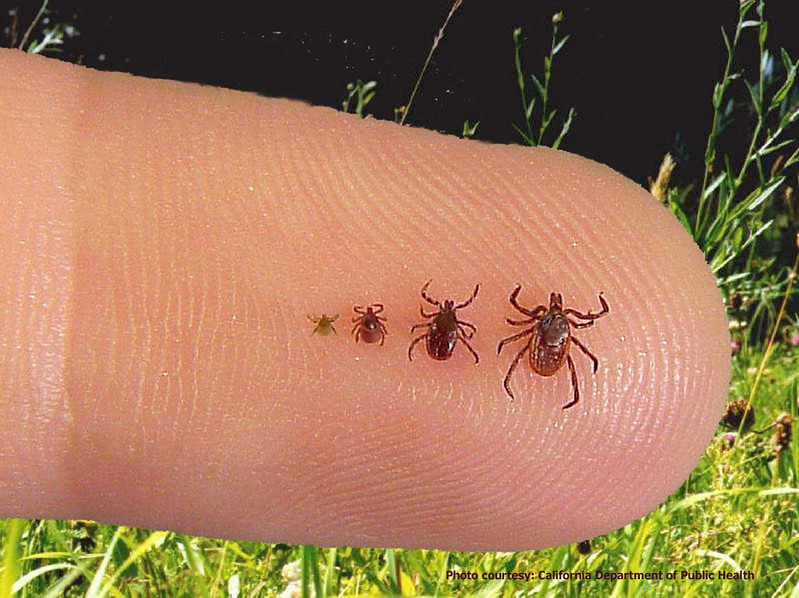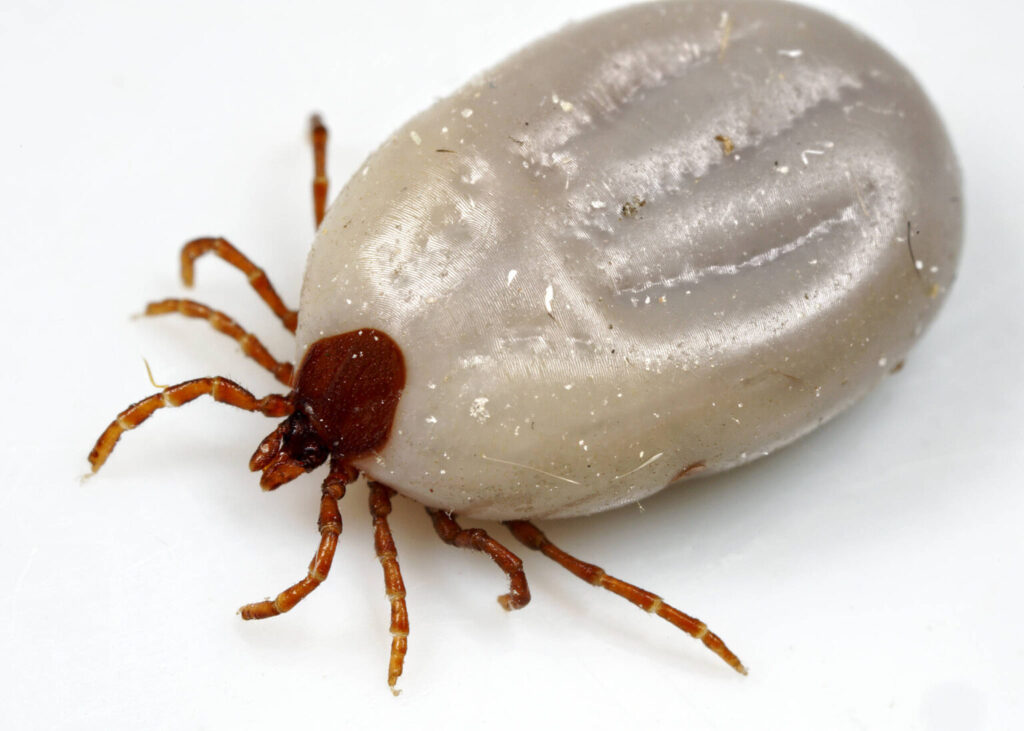Complete guide on how to spot, treat, and get rid of ticks in your home
Ticks, small parasitic spiders, sustain themselves by feeding on the blood of various creatures, ranging from frogs and birds to reptiles and mammals. Preferring to attach to humans and animals they encounter, ticks often linger in trees and shrubs.
These tiny creatures can transmit a multitude of serious illnesses, occasionally causing anemia and allergies. Their life cycle, like that of many insect pests, involves a transformation from egg to larva (commonly known as a caterpillar), pupa, and finally, adult.
Upon hatching, ticks, although not resembling worms, appear as minuscule versions of their adult selves. Initially labeled as “larvae,” they possess six legs and are approximately the size of a poppy seed. Seeking blood hosts, they latch onto any viable living object, transitioning into eight-legged nymphs after feeding. Though smaller than adults, nymphs still carry disease and exhibit typical tick characteristics.
If ticks infiltrate your living space, prompt and gentle removal followed by proper disposal is crucial. Recurring infestations may necessitate professional pest control intervention.
A caveat must be sounded regarding the grave risks ticks pose. Diseases like tularemia, Rocky Mountain spotted fever, and Lyme disease, transmitted by ticks, warrant immediate attention. While insecticides are often employed for prevention, their misuse can harm both humans and animals. Consequently, mitigating factors that attract ticks and seeking professional assistance are prudent measures.

In appearance, ticks resemble diminutive, spider-like insects, predominantly inhabiting fields and forests. While active year-round, they thrive most during spring and summer, favoring animals as their primary hosts but occasionally affixing to humans.
Sporting brown or black hues, ticks feature a body dotted with tiny protuberances. Equipped with jaws designed for skin penetration, they feed through their diminutive heads, supported by slender, elongated legs. While adults and nymphs possess eight legs, larvae, although smaller, share a similar appearance with six legs. Following blood meals, ticks may engorge, enlarging to the size of a pea.
Vigilance is imperative to distinguish ticks from bed bugs or carpet beetles, especially when found indoors. Consultation with a medical professional is recommended upon discovering ticks on oneself or pets, ensuring appropriate action and treatment.
While certain tick species may infiltrate buildings, most are regarded as external parasites, some capable of transmitting diseases. Notable examples include the deer tick, a vector for Lyme disease, the American dog tick, which can transport Rocky Mountain spotted fever and Lyme disease indoors via clothing or pets, and the brown dog tick, known more for its persistence indoors than disease transmission.

For tick management, the focus lies not in eradication but in prevention, given their ubiquitous presence. Despite the myriad folk remedies purported to repel ticks, discernment is crucial, favoring practical and scientifically validated methods. Regular checks for ticks, proper clothing, vigilant pet care, and the use of repellents constitute key preventive measures.
Inquiries concerning tick lifespans, Lyme disease, its carriers, and the escalating tick populations globally underscore the importance of understanding and addressing this growing public health concern.

